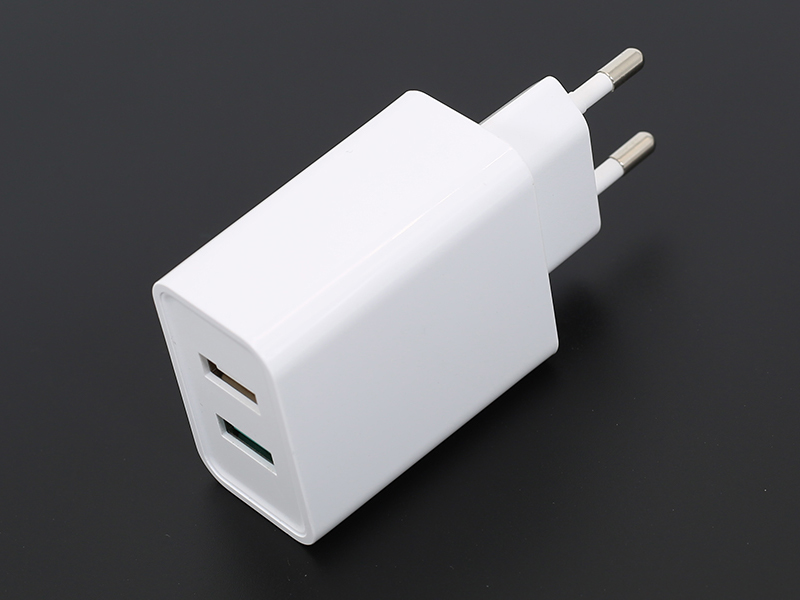
What kind of equipment is needed to produce electric vehicle chargers
Please professionals to answer that the electric vehicle charger is actually a switching power supply, and a charger tester and an oscilloscope are needed for debugging. How to produce an electric vehicle charger to ensure that it is beneficial to the life of the battery, ensure transmission safety, and use ultra-low voltage drop The charger, I use both the ultra-low dropout linear stability guarantee circuit assembled with all discrete components, the imported ultra-low dropout linear integrated circuit, and the switch modulation integrated circuit.
The problem you have expressed is caused by the low level of design of general electric bicycle chargers and great pressure on cost constraints. For high-energy batteries, it is emphasized that the temperature rise of the battery should be continuously detected; for lead-acid batteries, its tolerance is much stronger. If the temperature rise of the lead-acid battery is too high under the charging state, it has been overcharged very seriously.
It is very common that the charger cannot automatically jump the light. The easiest way is to connect the ammeter in series, manually monitor, and manually switch to a low floating charging voltage according to the actual situation. It takes a few days to interpret the assembly distribution of the circuit in detail, and to redraw the circuit diagram by reverse engineering, before the modification measures can be formulated.
The bigger difficulty is that the method of charging several batteries with a rated voltage of 12 volts in series is seriously flawed. Interfering with charging is also a drop in the bucket, helpless, anxious, and unable to help.
The solution is to have one charger for each battery, and each battery has an independent voltmeter and ammeter for continuous monitoring. This kind of charger is not the current three-stage charger or the "computer intelligence" charger advertised by the company.
